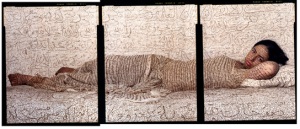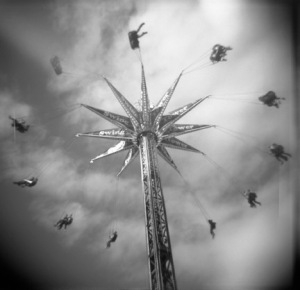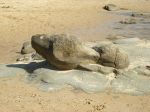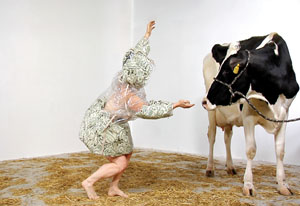In her large-format photos of women in chadors, and, sometimes, veils, Moroccan born Lalla Essaydi presents...
modern art
Karen Davis and Mark Orton--Cantabridigians until this summer--invite all to a reception and opening celebration for...
Through these photos, taken at Lorne Beach in Southern Australia, I hope to share my amazement...
The DeCordova's setting, gardens, outdoor sculptures and provocative art on this early spring day were well worth...
A lovely, eclectic show called "Float" at the Clark Gallery, 145 Lincoln Road, Lincoln, MA...
If Heide Hatry’s provocative photographic show—Heads and Tales--at the Peirre Menard Gallery, (10 Arrow St. in Cambridge)...





